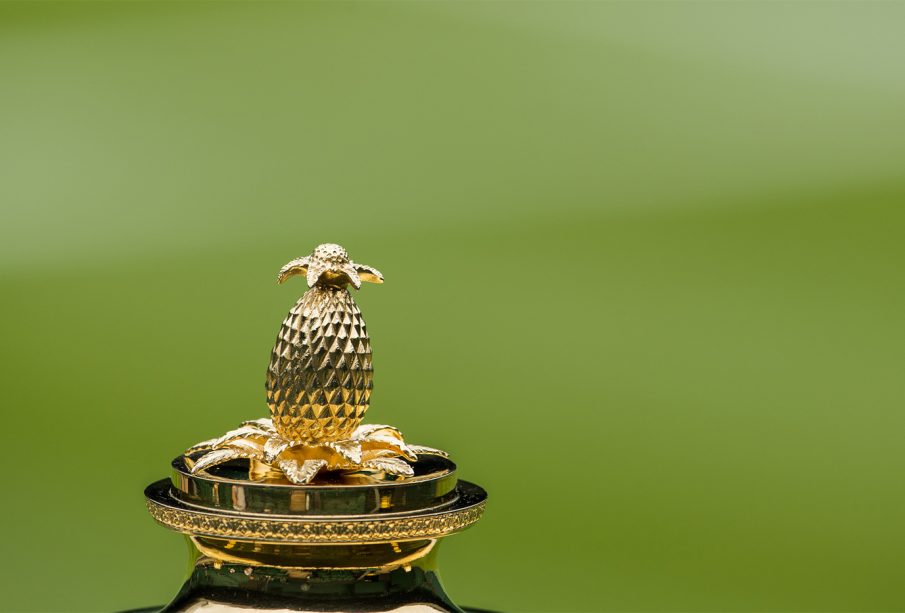Unraveling the Mystery of the Pineapple on the Wimbledon Trophy

The Importance of the Wimbledon Trophy
The Wimbledon trophy is not merely a prestigious award for the winners of the annual tennis tournament; it also carries a rich history and unique design elements. The annual event, held in Wimbledon, London, is one of the four Grand Slam tennis tournaments, drawing global attention. Among its many distinctive features, one particular element stands out: the pineapple perched atop the trophy. This unusual detail has intrigued tennis fans and historians alike.
The Origin of the Pineapple Symbol
The pineapple, which sits on the lid of the Wimbledon men’s singles trophy, dates back to the 18th century. In that period, pineapples were considered a rare and exotic delicacy in England, often associated with wealth and prestige. Therefore, the addition of a pineapple to the trophy signifies the lavishness and grandeur associated with the sport and the tournament itself.
The first Wimbledon trophy was awarded in 1877, crafted in silver and designed to represent the aristocratic roots of tennis. The trophy was initially a challenge cup but over the years evolved into an award presented to champions of the Wimbledon Championships since the open era began in 1968. The pineapple was integrated into the design to convey a message of luxury and excellence, further establishing the tournament’s elite status.
Significance for Winners
Winners of the Wimbledon trophy not only receive a symbol of their triumph but also an emblematic reminder of the rich historical context embedded in the trophy’s design. The pineapple, thus, serves as a nod to the prestigious tradition of the tournament and its significance in the world of sports. As visible to spectators and players alike, the pineapple enhances the trophy’s visual spectacle, symbolising both the tournament’s esteemed heritage and the accomplishments of its champions.
Conclusion: The Pineapple’s Legacy
In conclusion, the pineapple on the Wimbledon trophy is more than just an eccentric decorative feature; it encapsulates a significant part of tennis history and society’s perception of excellence. As Wimbledon continues to be a defining event in the tennis calendar, the trophy – with its unique pineapple emblem – will remain a cherished and renowned symbol of success at one of the world’s most prestigious sporting events. For fans and historians, understanding this quirky detail invites deeper appreciation for the sport’s traditions and ongoing legacy.









